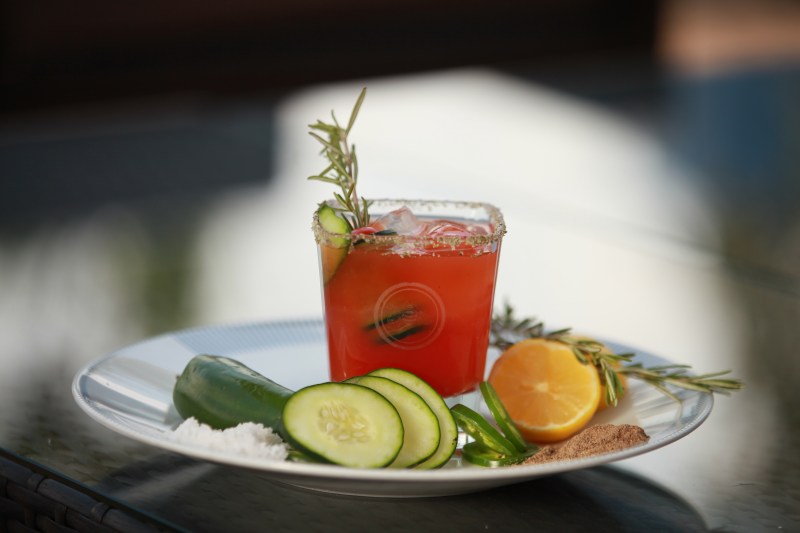Tequila continues to ride a sizable wave, but not without evolving en route. Over the last few years we’ve seen everything from new finishing techniques and wine-themed tequilas to entirely new categories. Now, we’ve entered the flavored tequila era.
It should not be surprising. Other spirits — namely vodka (but to some degree rum, whiskey, and others) — have already tried the flavored route and mostly succeeded. It’s why we enjoy a good spiced rum in the winter or a bright-flavored gin in the spring. Really, it was only a matter of time. And with tequila sales forecast to crest more than $24 billion by 2031 in this country, producers are striking while the iron is hot.

So far, we’ve seen some pretty interesting flavors come to market. Brands are releasing more-expected options like jalapeño, passionfruit, or pineapple-infused tequilas (you know, like a good Margarita), but also throwing us some curveballs. Think chocolate mint tequila, or even churro-flavored tequila. We’re not here to govern your tequila pairings but some things seem to meld better with the stuff than others.
Do not forget about salt. It’s the mineral that was made for tequila and why you love to sip a good reposado while munching on some mixed nuts. It’s hard to infuse a tequila with salt, but you can rim your cocktail glass. Regular salt is fine but we suggest something with a little more personality, like a smoked salt, volcanic flaky salt, or Tajín spice, which loves the company of tequila and tequila cocktails.
What’s next for flavored tequilas? Well, probably some more interesting flavors. We’ve already seen gin embrace terroir; why not tequila? It would be cool to see some other ingredients born in Jalisco incorporated into its famous export, like dragonfruit, Mexican guavas, or pitaya. There are scores of herbs and edible plants (some medicinal) that could enter the mix too. In the meantime, look for producers stateside to dial in their recipes and perhaps release some seasonal offerings.
How to make your own flavored tequila
There are a lot of DIY options out there and, by all means, explore them. There may be certain tropical fruits, in particular, you’d like to try out, as things like mango go particularly well with tequila. We like this easy recipe from Drizly that infuses tequila with cilantro and jalapeño, a lovely union that works wonders with the spicy, vegetal elements of tequila.
Ingredients
- 1 bottle of blanco tequila
- 1 jalapeño, seeded and sliced
- 3/4 cup cilantro leaves
Method
- Place sliced pepper and cilantro leaves at bottom of mason jar (1.5 pint).
- Fill the rest of the jar with tequila and seal with lid.
- Give the mixture a good shake to evenly distribute things and let it rest in a cool, dark space for 3 days, shaking now and again.
- Strain the contents of the jar into a new vessel. It will keep for months.
Mix it up

If you feel like trying a bottle batch of infused tequila, we suggest 21Seeds. The brand was launched in 2019 by three women and has three flavors, valencia orange, grapefruit hibiscus, and cucumber jalapeño. They’ve been such a hit that Diageo acquired the brand earlier this year in what was the largest female-founded liquor acquisition to date. This drink, dubbed Pineapple on a Boat, uses orange tequila and takes advantage of the bittersweet nature of Campari.
Ingredients
- 1 1/2 ounces 21Seeds Valencia Orange Tequila
- 3 ounces pineapple juice
- 1/2 ounce lime juice
- 1/2 ounce Campari
Method
- Pour all ingredients into a shaker with ice.
- Give it a quick shake and strain over an ice-filled glass.


